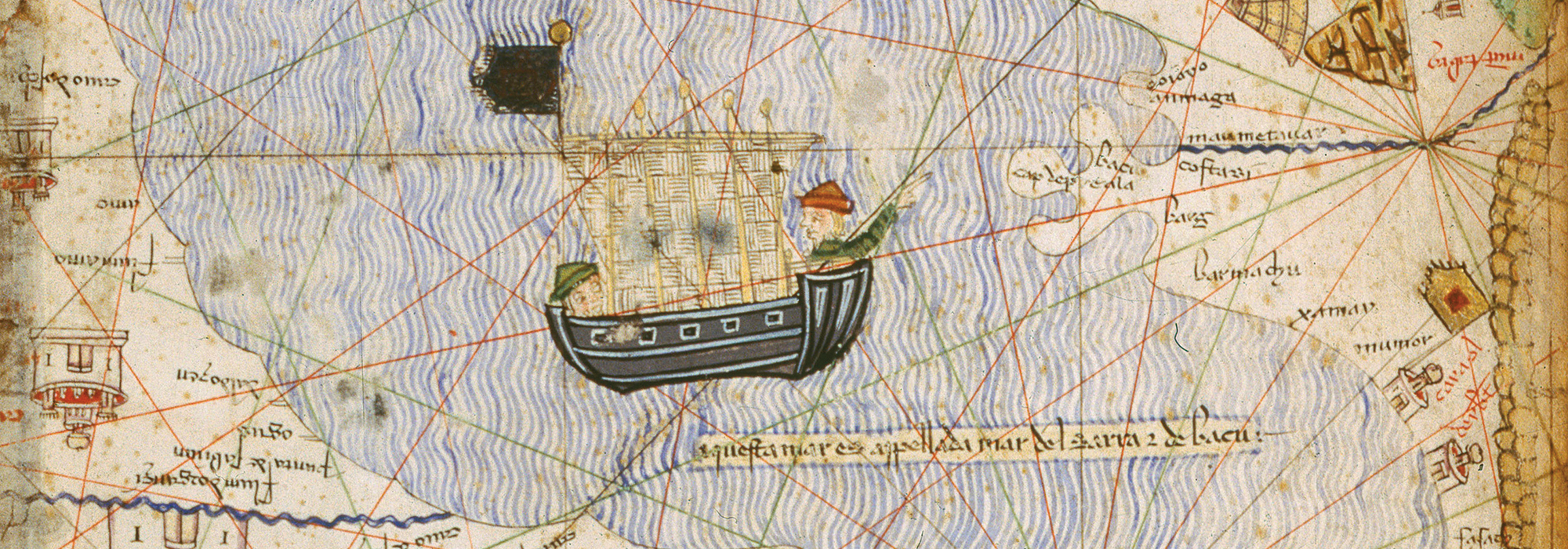ONTARIO, CANADA—Science Magazine reports that archaeologist Eugène Morin of Trent University, behavioral ecologist Bruce Winterhalder of University of California, Davis, and their colleagues reviewed historic accounts written by travelers, explorers, and missionaries for information about persistence hunting, the practice of chasing prey at a run over long distances. The researchers found 391 descriptions of persistence hunting in the more than 8,000 texts written between the sixteenth and twenty-first centuries in the study. “When it does work, it’s just as good, or maybe better, than other techniques,” Winterhalder said. Walking and stalking prey, he explained, could take several hours, while running after prey may result in a quicker kill. While the running prey sprints, it becomes susceptible to overheating, exhaustion, and collapse, while the modern human can run at a steady pace and keep cool by sweating. This tactic would also give the running hunter an advantage in difficult terrain, the researchers said. Paleolithic hunters may have also employed this technique from time to time, in addition to employing communal hunts, traps, snares, stalking, and ambushing, Morin and Winterhalder suggest. “If you’re stuck to one method, you’re going to starve,” Morin concluded. To read about hunters in Peru some 9,000 years ago, go to "Lady Killer."
Endurance Running May Have Helped Prehistoric Hunters
News May 14, 2024
SHARE:
Recommended Articles
Digs & Discoveries July/August 2019
You Say What You Eat
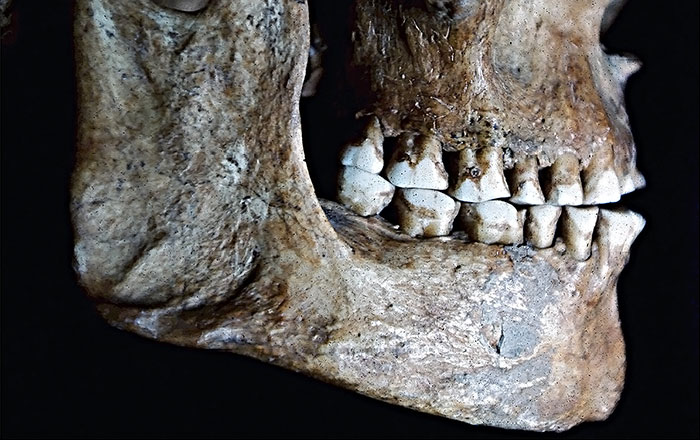
(Courtesy David Frayer, University of Kansas)
Digs & Discoveries May/June 2025
Lay of the Land

Courtesy Médard Thiry

AdobeStock/lucaar
Artifacts March/April 2022
Paleolithic Beads
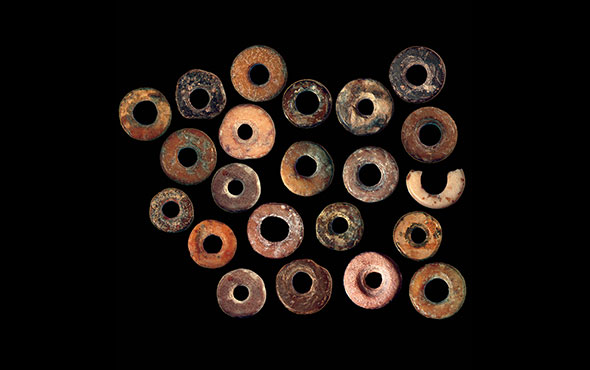
(Jennifer Miller)
-
Features May/June 2024
Alexander the Great's Untold Story
Excavations in northern Greece are revealing the world that shaped the future king
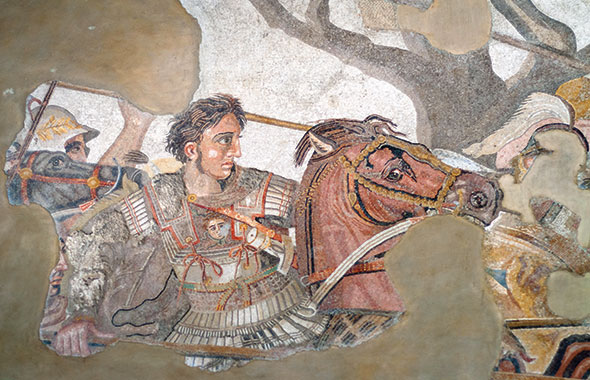 (Veronika Pfeiffer/Alamy)
(Veronika Pfeiffer/Alamy) -
Letter from the Catskills May/June 2024
Ghost Towns of the Ashokan Reservoir
An archaeologist investigates how construction of New York City’s largest reservoir a century ago uprooted thousands of rural residents
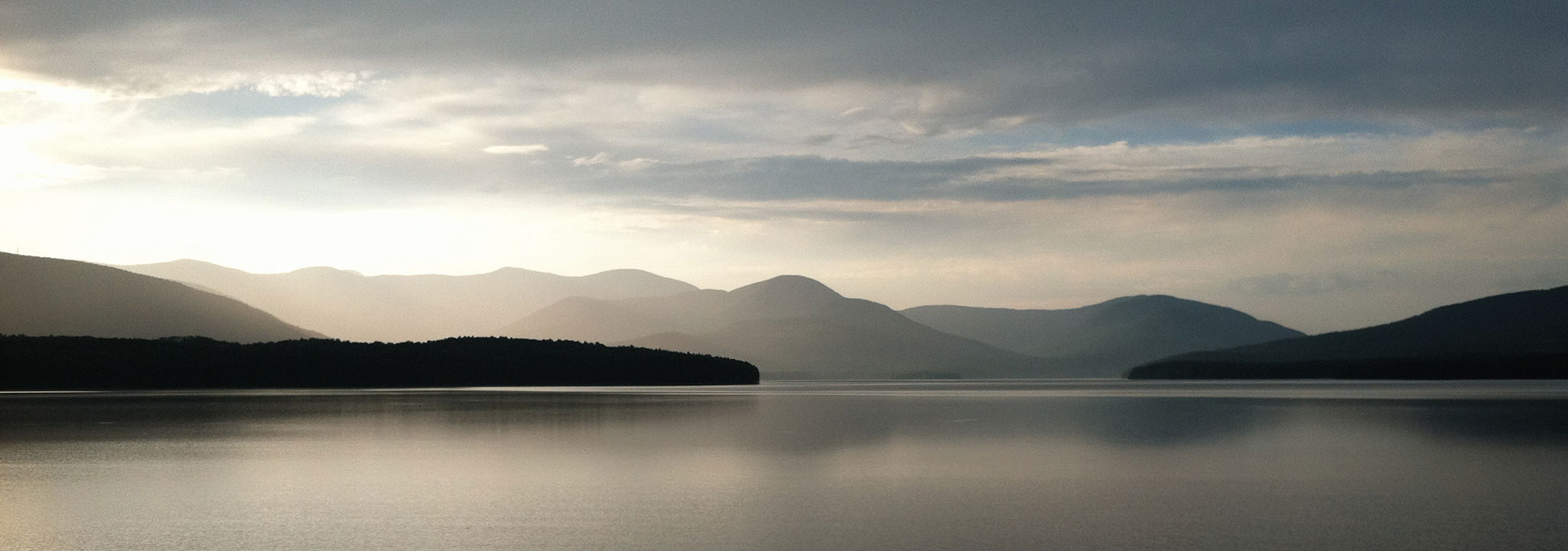 (Courtesy the New York City Department of Environmental Protection)
(Courtesy the New York City Department of Environmental Protection) -
Artifacts May/June 2024
Medieval Iron Gauntlet
 (Courtesy Canton of Zurich)
(Courtesy Canton of Zurich) -
Digs & Discoveries May/June 2024
Ancient Egyptian Caregivers
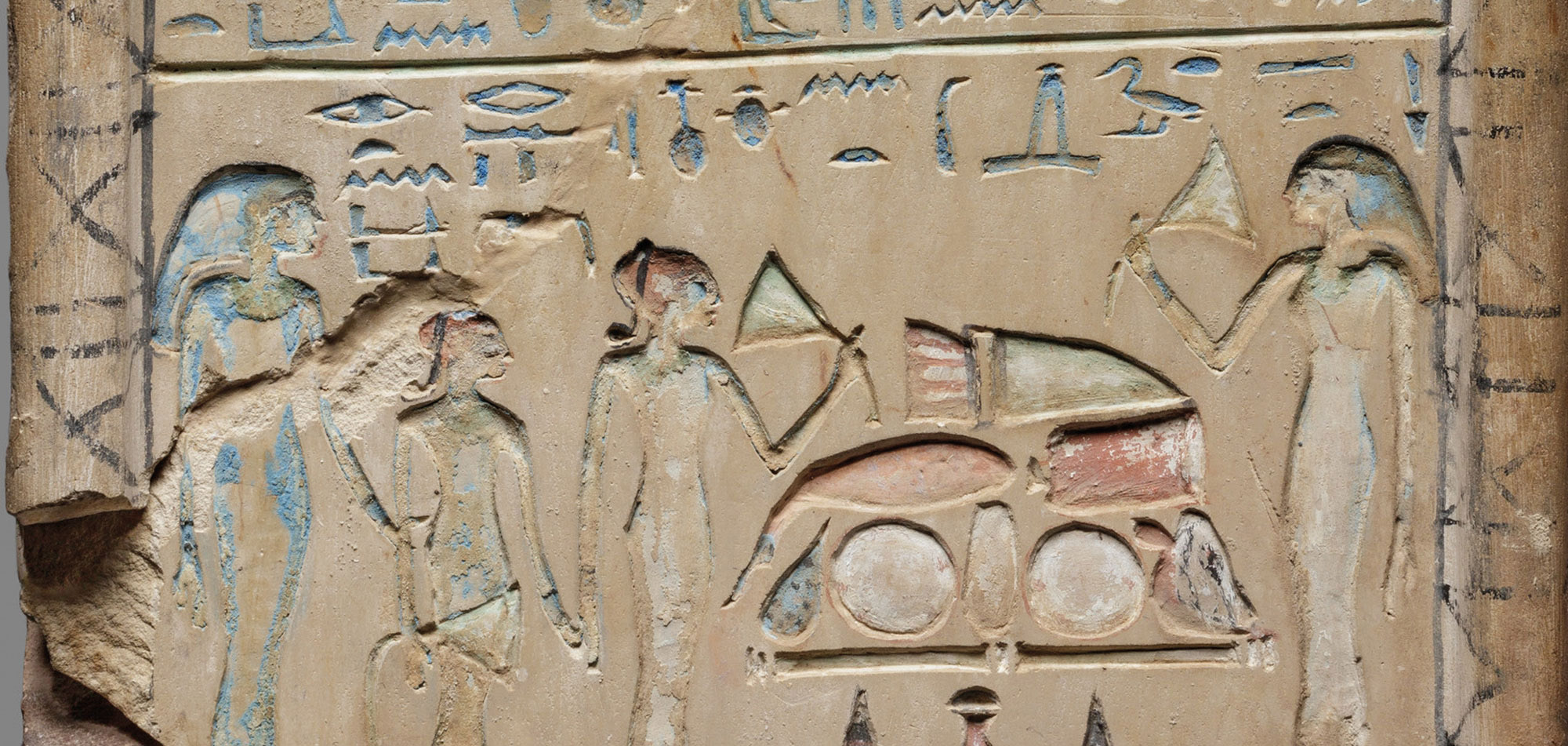 (Metropolitan Museum of Art)
(Metropolitan Museum of Art)


